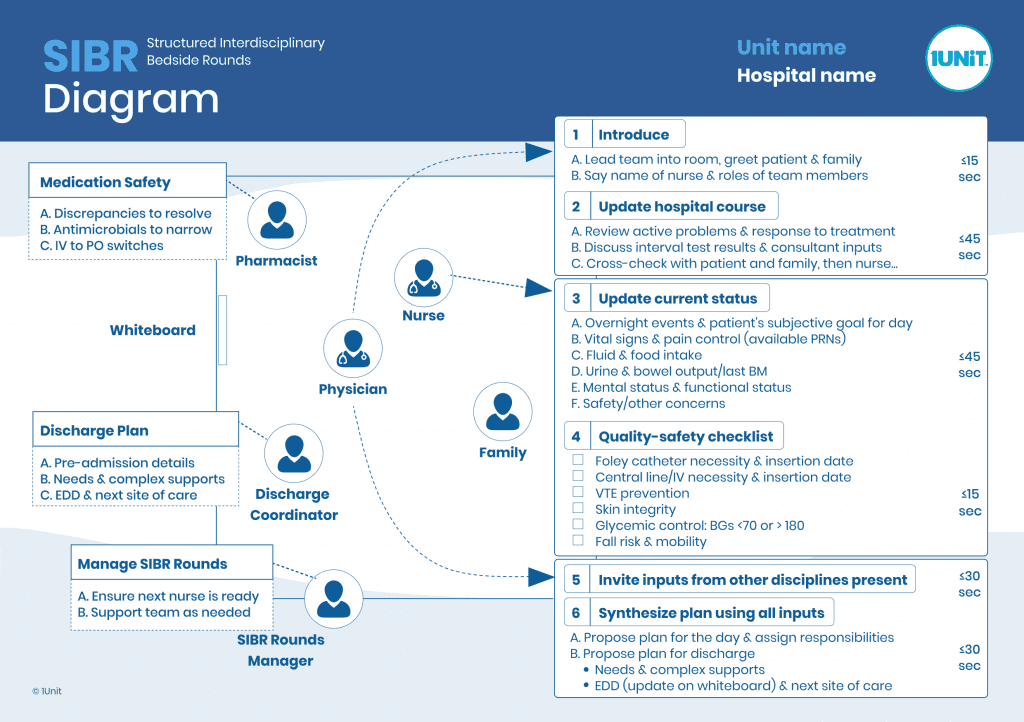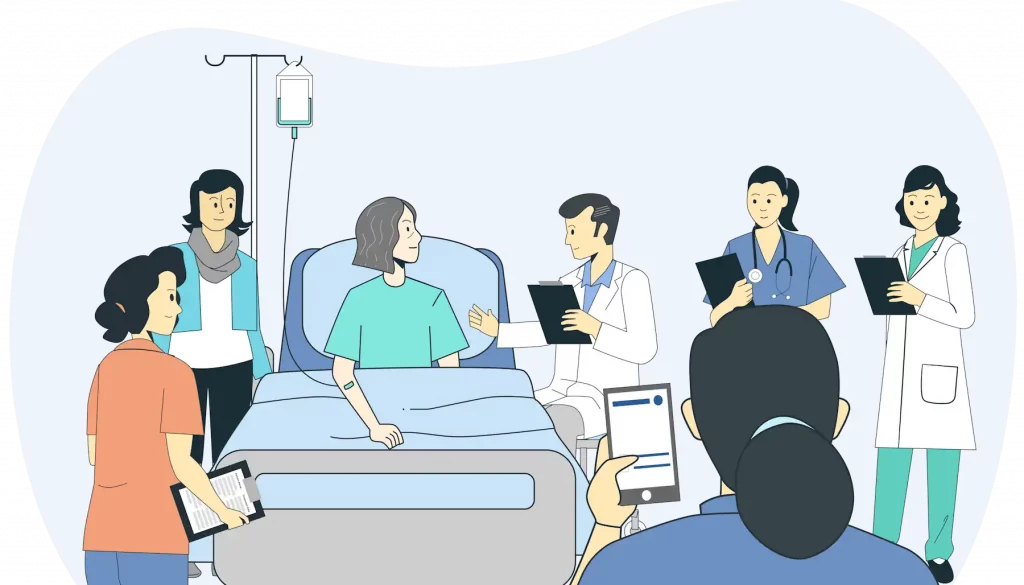
Reliability in healthcare refers to how often we deliver the right care to the right patient at the right time.
We’re human. Hospitals are complex. And hospital units have never been designed specifically for reliability. That’s why our error rates in the hospital are on the order of 1 in 10 (McGlynn, 2013). We’re capable of much better, more like error rates of 1 in 100.
The good news is we can do it. And the way we can do it is the core reliability insight you need to be part of a high-functioning team.
Here’s the insight: our reliability improves by ten times if we catch our oversights in real-time and fix them in real-time. This strategy is known as “identify-and-mitigate.”
Real-time electronic dashboards that show you all the oversights to address would be a great thing. But if you wait for someone to write the code to give your team a real-time electronic dashboard, you’ll be waiting too long.


The quickest, easiest way to make “identify-and-mitigate” happen is to use a paper checklist. They’re easy to make, but the trick is figuring out a way to apply it to every patient every day. Here’s how to do it. When you create your team’s shared mental model for teamwork (see part 2 of this series), make sure a checklist is part of the standard communication protocol.
The way we approach this in Structured Interdisciplinary Bedside Rounds (SIBR) is by devoting one of the steps in the 6-step standard communication protocol to the review of a quality-safety checklist. That’s how we use SIBR to make sure each patient with an idle bladder or vascular catheter gets it removed; every patient who needs VTE prophylaxis gets it; every patient with hypoglycemia or uncontrolled hyperglycemia gets their insulin regimen up- or down-titrated.
Paper checklists may not seem heroic, but they are. When you’re in a high-functioning team, one way you know it is the team is using a paper or electronic checklist to make sure they’re identifying and mitigating oversights in real-time.
To learn more about standardization and teamwork, while earning CME and CE credits, please view the sections “Standardized people centered care” and “24-7-365 Care Continuum” in the Better Together masterclass (coming summer 2019).

What next?
Seeing is Believing
Knowledge is Power
The Wise Learn from the Wise
© 2024 • 1Unit • All rights Reserved.